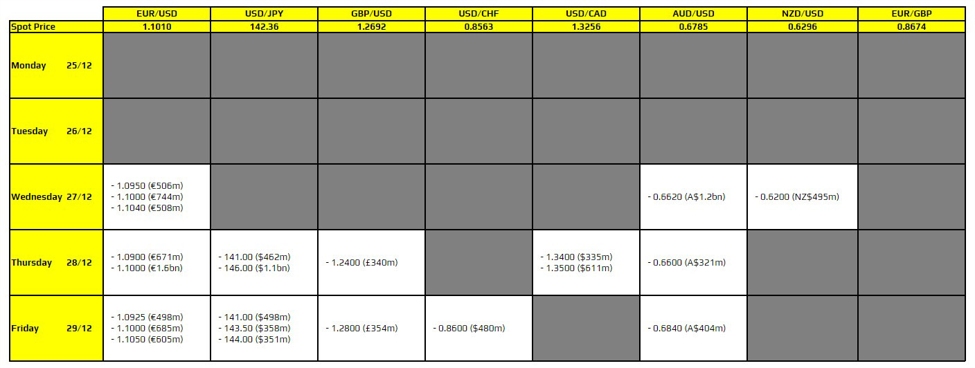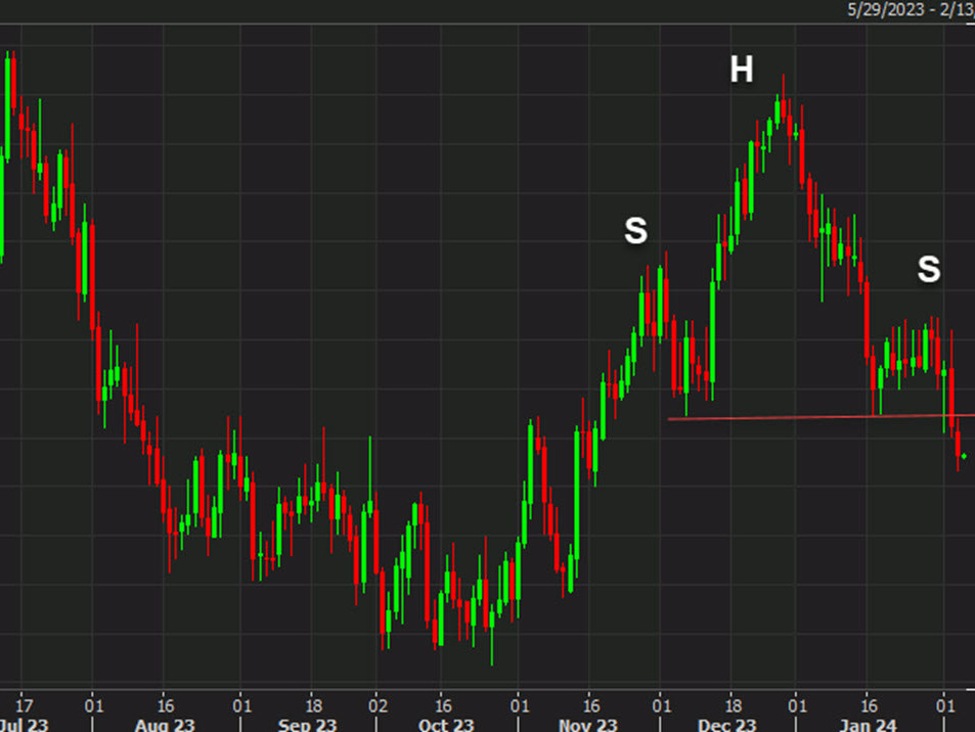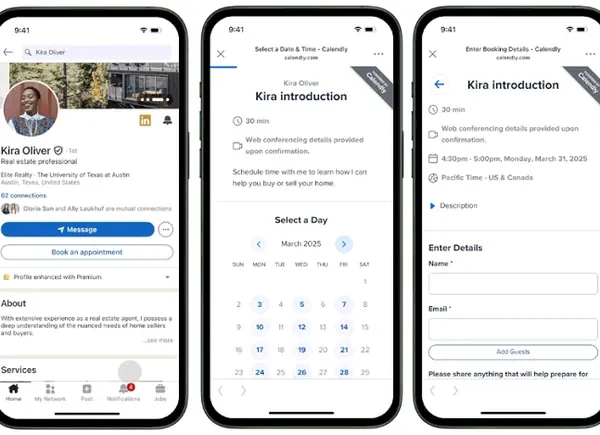Fundamental
Overview
The Nasdaq rallied into a
new al-time high yesterday following a weak US ADP report and a good ISM Manufacturing PMI release. The rally started
soon after the ISM data and that might have been triggered by the higher
employment index and lower inflation one. Kind of a goldilocks scenario.
The US government shutdown
was ignored because it’s always short-lived and never a big deal. But the key
part is the context because we have the Fed cutting interest rates. The first
half of the year was all about Trump’s tariffs, but the second half is all
about the Fed.
The focus should be on the
labour market data because that’s what “forced” the Fed to start cutting rates
and signal two more by the end of the year. If the labour market were to
improve in the next months, the Fed would start turning more hawkish and might
even hold off on the expected rate cuts. An October rate cut was never in
jeopardy; it’s the December one that could be skipped but of course we will
need strong labour market data. For now though, the Fed support is bullish for
the stock market.
Problems arise when the
economy gets too hot and that’s when the Fed support wanes and the central bank
starts to work against the market. And this is where we could get the pullbacks
(and eventually even a crash).
Right now, the market is
pricing 114 bps of easing by the end of 2026 compared to just 75 bps projected
by the Fed. This means that the market is too optimistic. Therefore, a hawkish
repricing in those expectations should in theory provide a pullback in all
asset classes. So, if you are waiting for a pullback, then wait for US data. If
we get strong US data, especially on the labour market side, then we could
finally get a decent pullback.
In this environment, one
can just buy or wait, but definitely not sell (unless one does it for a quick
trade supported by a catalyst). Once the market pricing gets back in line with
the Fed’s projections, then the stock market should restart its rally.
In fact, as long as the
Fed’s reaction function remains dovish, the downside will remain limited. This
“melt-up” phase will likely go on as long as the Fed remains more
focused on the labour market. Once inflation starts to become a serious worry,
that’s when we will finally get a meaningful correction (or even a bear market
if the Fed starts to hike rates). Until then, the pullbacks will just be
dip-buying opportunities.
Nasdaq
Technical Analysis – Daily Timeframe
Nasdaq daily
On the daily chart, we can
see that the Nasdaq broke into a new all-time high yesterday. From a risk
management perspective, the buyers will have a better risk to reward setup
around the FOMC-low and the major trendline to position for new highs, while
the sellers will look for downside breaks to target the 23,023 level. Such a
big correction though looks unlikely unless we get a big growth scare or very
strong US data that forces the Fed to adopt a more hawkish stance.
Nasdaq Technical
Analysis – 4 hour Timeframe
Nasdaq 4 hour
On the 4 hour chart, we can
see that we have a minor upward trendline defining the bullish momentum on this
timeframe. The old all-time high around the 25,028 level will now act as a
minor support and the buyers will likely keep on piling in
around these levels with a defined risk below the support. The sellers, on the
other hand, will want to see the price falling back below the support to target
a pullback into the minor upward trendline.
Nasdaq Technical
Analysis – 1 hour Timeframe
Nasdaq 1 hour
On the 1 hour chart, we can
see more clearly the recent price action with the 25,028 level acting as minor
support. There’s not much else we can add here as the buyers will continue to
pile in with a defined risk below the support, while the sellers will wait for
a drop back below that level to position for a pullback into the trendline. The
red lines define the average daily range for today.
Upcoming Catalysts
Tomorrow we conclude the week with the US NFP report (in case
government funding is restored) and the US ISM Services PMI.















